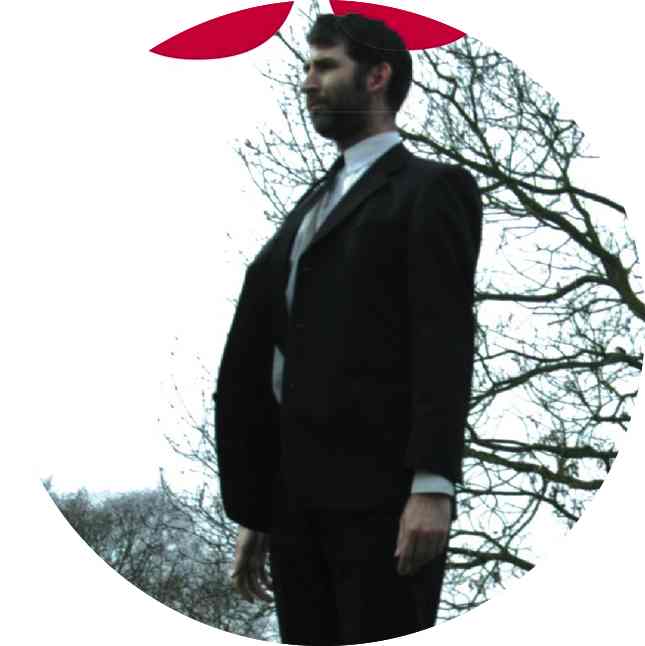Script Extract
Here's how the story starts. . .
You
could say this story starts more than a
hundred years ago.
In the 19th century as the maps of the
planet were being finalised, the world's
great forests passed on to the English their
secrets kindly and discreetly like
grandparents pass on sweets. Explorers
boomeranged home from being flung far with
cuttings and seeds, leaves and nuts, and
welcomed them to our strange and magical
island. For tree-growing and the
appreciation of trees has always been a
silent passion of ours. From these
experiments, hybrids of Redwood and Oak, of
Baobab and Yew, of Cypress and Sycamore were
designed, planted and encouraged to grow to
wonderful heights and girths. Hundreds of
feet high, dozens around. Designed to be
used for a sport only to be played long into
the future. Designed to be climbed.
Picture
then, Eight Great Trees of England planted
during the main course of the Victorian
feast, only to reach their mighty heights
towards the end of the 20th century long
after the deaths of their planters.
There are more than eight of course every
county has its revered tree, and how proud
we all are of them. But there are eight
truly important ones, dotted around the
island like birthdays on a kitchen calendar.
Now picture a young woman as she ascends one
such great tree. She climbs to music and
enthrals a stadium audience of hundreds with
her graceful leaps and acrobatic pulls. If
you had to describe it you might say it is a
mixture of figure skating and
mountaineering, a vertical ballet, an
arboreal gymnastic. It is the expression of
our national soul. It is the writing on the
sand that tells a passing world we are here.
But you don't have to describe it, you just
have to see it.
Can you see the tree? Can you picture the
girl?
And here's how I meet one of those girls. . .
The
way we fell in love wasn't extraordinary or
hugely romantic. It was as light and
surprising as leaving a house on a summer
night and breaking a spider's thread with
your nose.
Runnymede is the greatest of the great trees
of England. Hybridised from Wellingtonia and
Beech it provides the roots of the tree
climbing world. Each great beam is adored,
each fathom of the trunk venerated, and
while other trees have more challenging
features I'm thinking of course of the
Bridgwater Cavities and the Ivy on the Elm
at Bishop Auckland Runnymede was the first
to be declared ready for competitive
climbing, and remains the most prestigious.
On 29th May 1992 my father and I enter the
Magna Carta Pavilion, walk past the row of
wooden busts of the champions made from
fallen branches of the great trees, and head
to the small supporting climbers dressing
room. The annual ball had been the night
before but we hadn't been invited.
We were doing the traditional Fireman and
Cat routine, warming the crowd up for the
big climbs. Kind of like the opening act of
clowns at the circus only upwards. This
funny cat, played by me in a rather itchy
outfit, gets himself stuck in the tree and
after last year's victorious climber
pretends to be my owner and uses a broom to
get me down one time at the Gretna Lime
she got me right on the ankle - Fireman does
his silly best to rescue him. The kids shout
to tell Fireman where Cat is, I keep
escaping, buckets of confetti, hoses, bungee
ropes, you know the rest.
The
crowd loved it that day. I knew it was the
best we'd done the routine. I'd always been
one who believed in getting through life by
always giving a full 10%, in stopping well
before the extra yard, in burning the candle
at one end, but something about that day, I
don't know quite what it was, made me give
that little bit more. I even added a couple
of extra scampers and somersaults, it was
going that well.
My Dad thought that was showing off a bit,
but was pleased we hadn't made any mistakes.
We came back to Earth, I took off my
whiskers and ears, and now the real
tournament was about to start.
And then something else started. She looked at me.
Well, things progress and we get together. . .
You know all it takes for love to succeed is that cynical men stand by and do nothing. And all the other guys on the climbing tour said and did nothing loudly and constantly. They I think probably just weren't aware of us. My father approved of her because at Sudbury she once laughed at one of his jokes I asked her about this later and she said it was more a cough and she hadn't realised that what he had said could fairly be described as a joke. I didn't tell him that.
What did I love about her? That she was a hug just waiting to happen? That she had more sense than money? That her favourite charity was the International Red Rose, an organisation devoted to promote the ideas of romance among the world's coldest and most distant people. Just a pound a month could help buy a candle lit dinner for two in Suburban Toronto, 50p would provide a bunch of flowers in Denmark.
We
decided we wanted to move in together at the
end of that 1992 tree climbing year.
When the next season rolled around I kept on
with my Fireman and Cat act with my Dad, now
the second most important person in my life
in a list of two, and she kept on getting
close to winning Trees, but never quite
making the breakthrough. Her numerous fans
would tell her she had been robbed, but she
didn't mind. She always told them she was
glad she had more trees to climb. That was
another of the things I loved about her. She
had come here to compete but the winning was
something that she well she didn't
deliberately avoid it per se, but I think
something of her self would go if she
actually succeeded.


